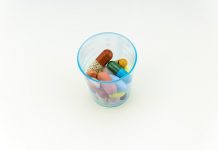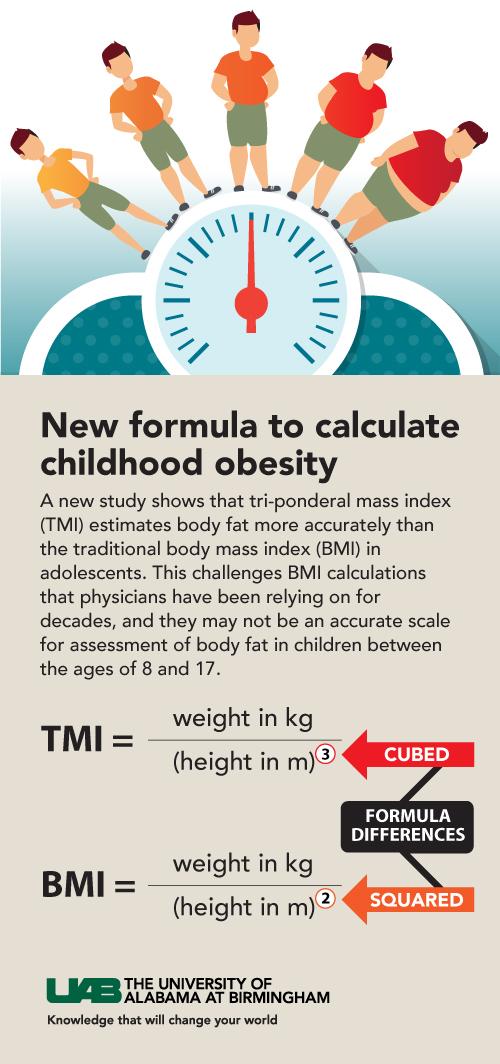September 2004 - One of the simpler ways to curtail the obesity epidemic could be to cut the volume of sweetened soft drinks and fruit drinks Americans are increasingly consuming, authors of new study say.
The study, conducted at the University of North Carolina at Chapel Hill, showed that energy intake from such drinks in the United States increased 135 percent between about 1977 and 2001. Over the same span, energy intake from milk -- a far more nutritious beverage -- dropped 38 percent.
A report on the research appears today (Sept.16) in the October issue of the American Journal of Preventive Health. Authors, both at the UNC schools of public health and medicine, are Dr. Barry M. Popkin, professor of nutrition and a fellow at the Carolina Population Center, and nutrition graduate student Samara Joy Nielsen.
"There has been considerable controversy about the promotion of soft drinks in schools and elsewhere," Popkin said. "Extensive research on all age groups has shown that consuming these soft drinks and fruit drinks increases weight gain in children and adults."
One recent study even showed a link between high consumption of sweet beverages and a greatly increased risk of diabetes, he said.
Continue Reading Below ↓↓↓
"Our new study highlights the fact that Americans in 2001 consumed more energy from sugared beverages in larger portions and more servings per day than in 1977," Popkin said. "The increases in soft drinks noted in the past continue unabated into the new millennium. The decreased intake of milk is possibly related to this change in energy intake from beverages and is a negative trend because of the deficient calcium intake of Americans."
The study used nationally representative data to quantify changes in Americans� beverage consumption patterns � specifically, the increases in sweetened beverages and decreases in milk over 24 years, he said. The sample consisted of 73,345 U.S. residents age 2 and older.
Data analyzed came from the federally funded 1977-1978 Nationwide Food Consumption Survey, the 1989 and 1994-1996 Continuing Surveys of Food Intake by Individuals and the 1991-2001 National Health and Nutrition Examination Survey.
"For each survey year, we calculated the percentage of total energy intake from meals and snacks separately for people age 2 to 18, 19 to 39, 40 to 59 and 60 and over," Popkin said. "We also computed the percentage of energy intake by location such as homes, vending machines, fast food restaurants, regular restaurants and schools for each age group and for specific beverages. We also determined proportions, average portion sizes and number of servings daily."
Between 1977 and 2001, the study discovered that:
- Total energy derived from soft drinks each day rose on average from 2.8 percent to 7 percent, nearly a tripling of calories.
- Energy intake from fruit drinks per person grew from 1.1 percent to 2.2 percent.
- Milk supplied 5 percent of energy for all age groups, down from 8 percent over the 24 years.
- Changes in intake of other beverages such as tea, coffee, alcohol and fruit juices were minor for all age groups.
"The largest drop in milk consumption, from 13.2 percent of total energy to 8.3 percent, occurred in 2- to 18-year-olds," Popkin said. "Milk consumption played a much smaller role in total energy intake among all other age groups."
Young adults ages 19 to 39 drank the most soft drinks, increasing their intake from 4.1 percent to 9.8 percent of total daily calorie consumption during the period, he said. Servings of sweetened beverages increased for every age group, while servings of milk decreased for all.
"We found that the average number of soft drink servings per day climbed from 1.96 in 1977 to 2.39 in 2001," Popkin said. "The largest drop in milk servings occurred among 2- to 18-year-olds, which is obviously not good."
Also during the period, he said, portions of sweetened beverages drunk jumped from 13.6 ounces to 21 ounces, on average, among all age groups. In the 19- to 39-year-old age group, portions increased from 15.3 ounces to 25.5 ounces. As consumed during mealtimes, the number of calories derived from milk fell from 127 to 82 over the 24 years.
The new study corroborates earlier research showing that soft drink consumption is rising and is a significant contributor to total caloric intake, Popkin said. The new work explores the trends and provides a much more detailed examination of them.
A limitation of the study is that people who are overweight are more likely than others to under-report how much they eat and drink, he said.
Continue Reading Below ↓↓↓
"Due to increases in under-reporting, it is likely that the current estimates of beverage consumption were too low and that sweet beverages played a larger role in Americans� diets," Popkin said. "Little research has focused on the beneficial impacts of reduced soft drink and fruit drink intake. This would seem to be one of the simpler ways to reduce obesity in the United States."
Source: UNC









